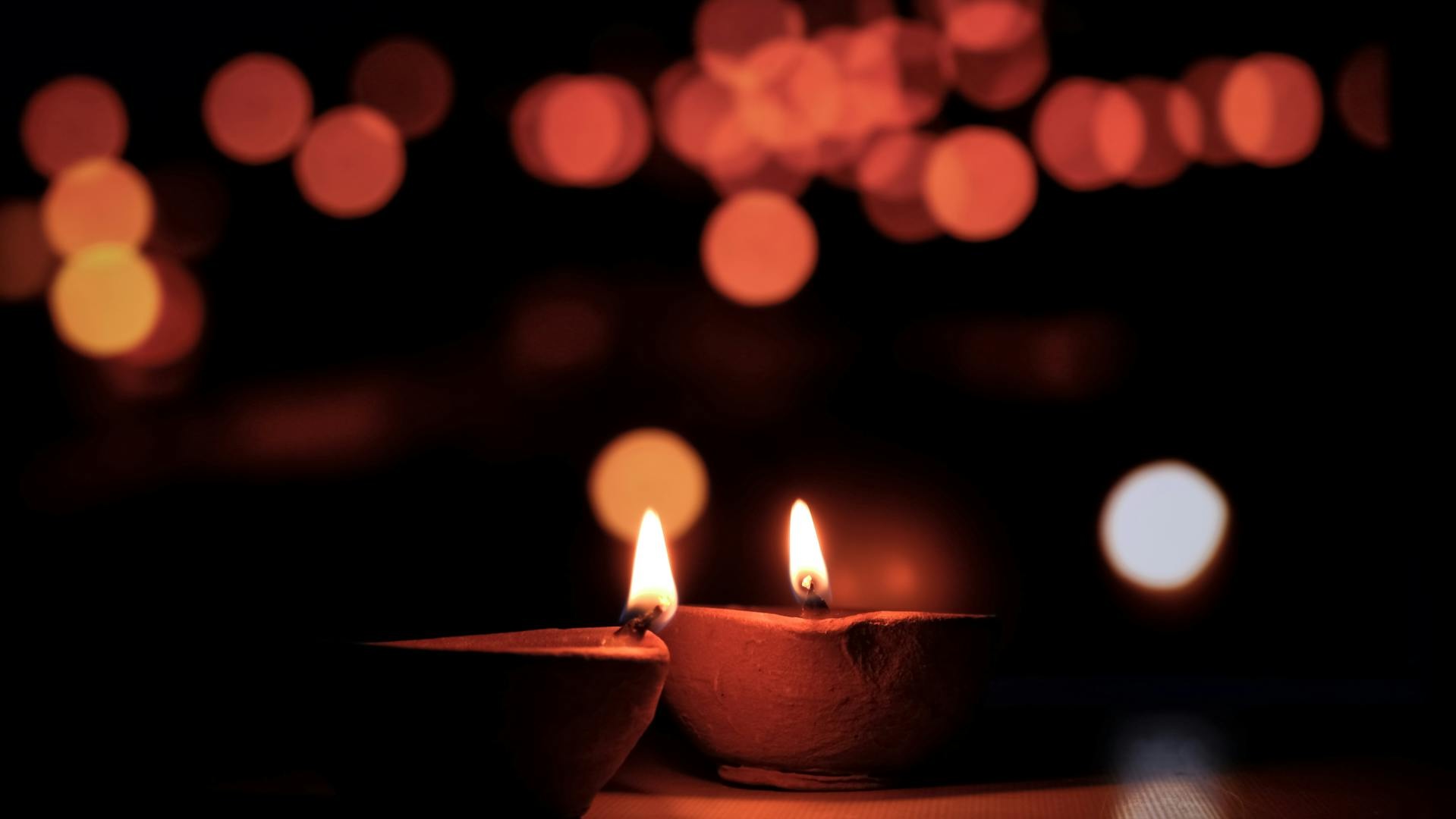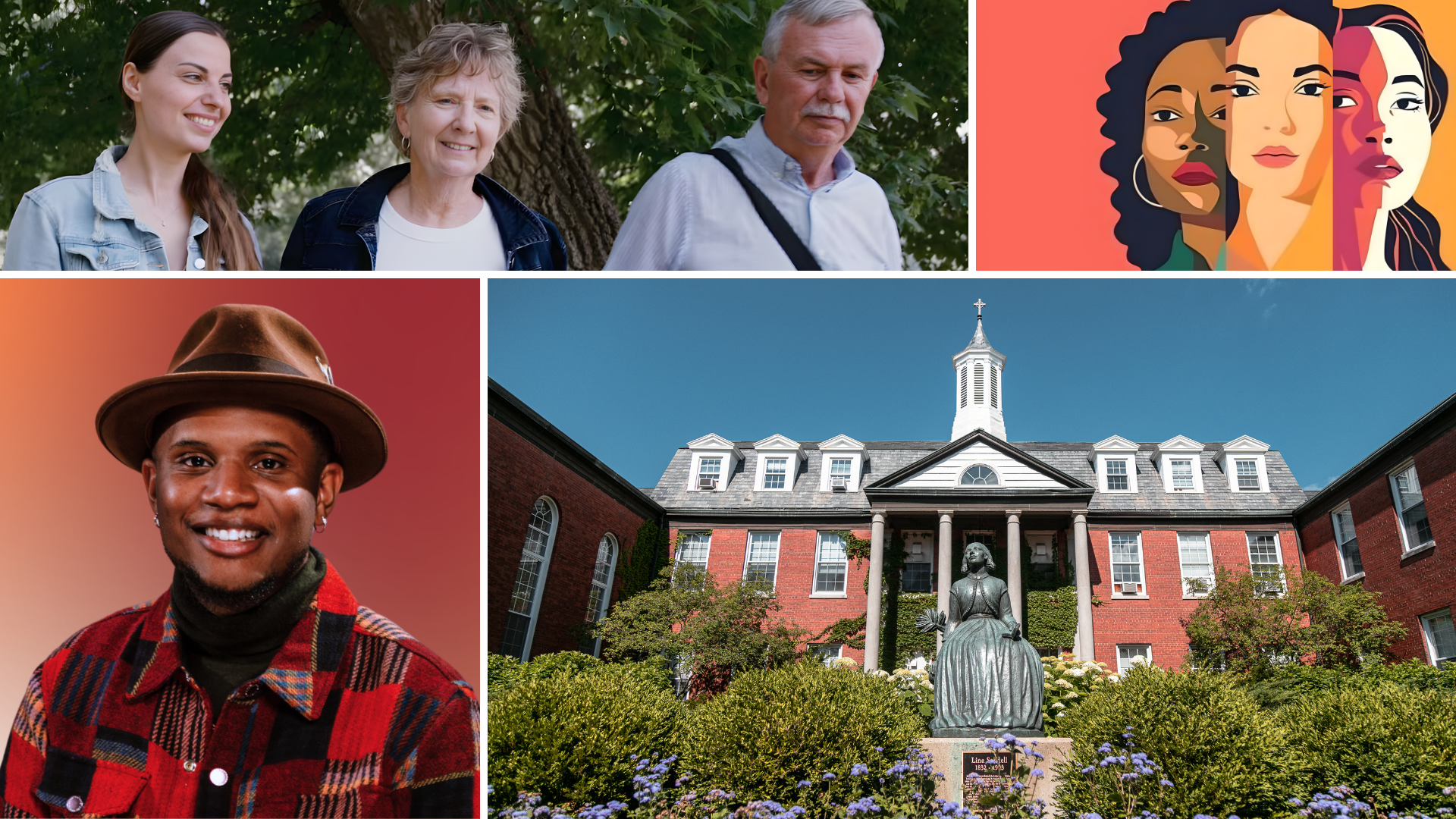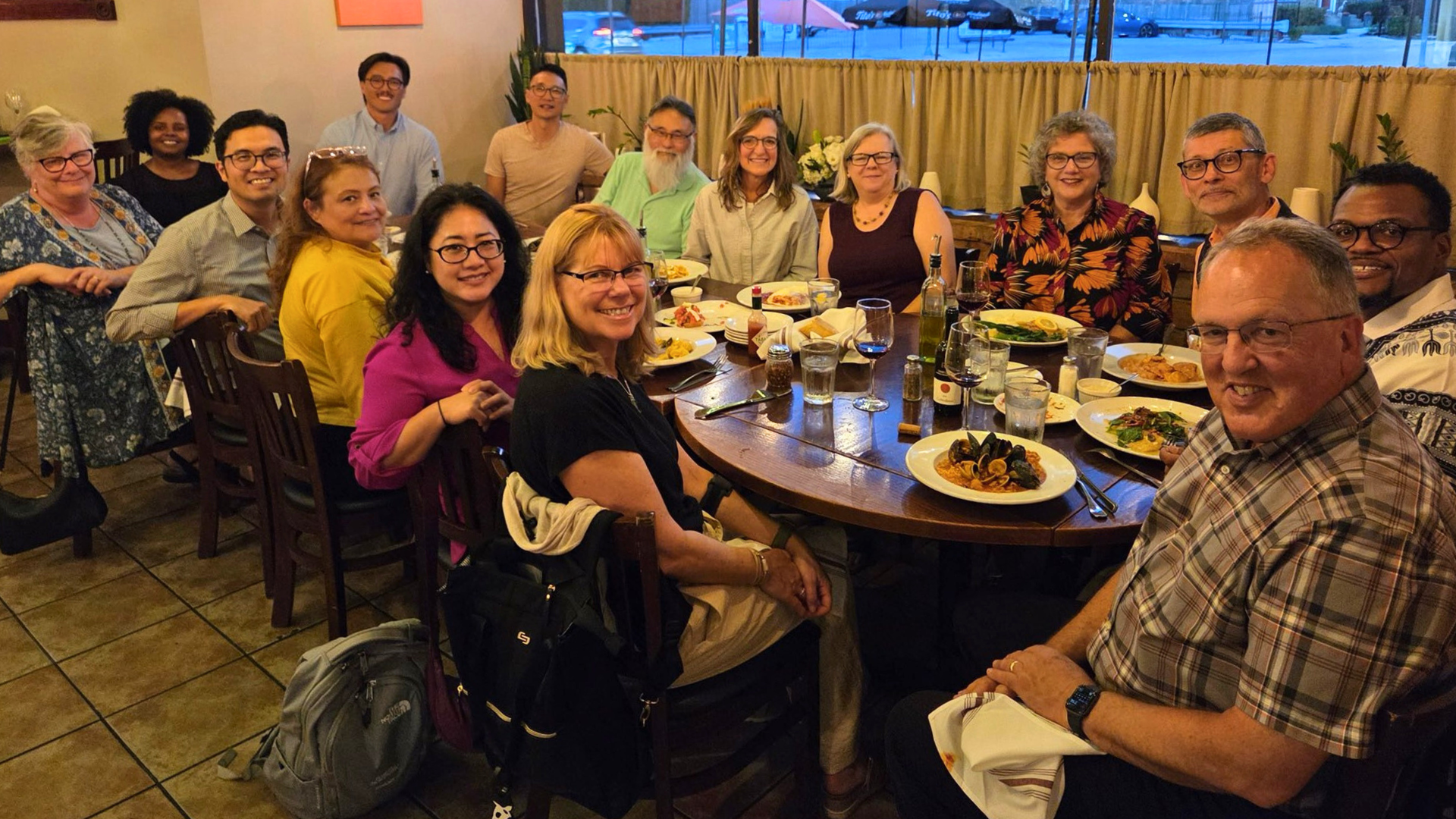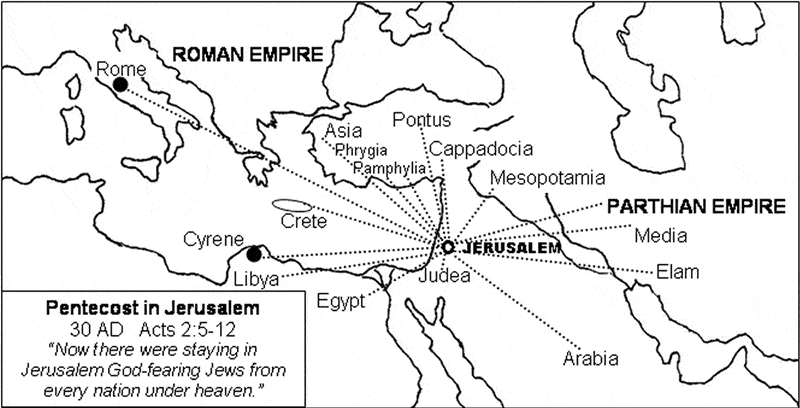PORT-AU-PRINCE, HAITI (March 14, 2011) – Editor’s note: This is the first in a week-long series of articles written by Stan Friedman, news editor for Covenant News Service, who spent five days accompanying a five-member medical team from the United States providing care to Haiti residents during a two-week volunteer mission.
By Stan Friedman
The emotions hit me in rapid succession, each more intense than the one before, as our pickup truck pulled up to the medical clinic in the tent city of Canaan – confusion, disappointment, frustration, anger, and panic.

I was there to write stories about five Covenanters working with Covenant World Relief partner Medical Teams International (MTI). No one on the team was expecting a pristine hospital, but I had anticipated at least rudimentary medical equipment – and walls. This clinic was nothing more than a park pavilion, like the kind families rent for picnics. This could not be a clinic. The structure consisted of a concrete slab, open sides except for wood panels that did not enclose the building, and a tin roof.
I had cleared my schedule, gotten five immunization shots, and filled out forms declaring I was fit to participate. Now we had arrived in Haiti and were staying at a home surrounded by 15-foot-high walls topped with barbwire and further protected by an armed guard. I had expected to see hallways crowded with patients at the medical facilities and had steeled myself for the stench of vomit, feces, and urine that permeated them. I did not come here to write about doctors and nurses treating headaches, I thought.
I suffered temporary panic. What was I going to write about if this was the extent of the clinic? How would I keep myself occupied during my time here?
In Canaan, the Covenanters examined patients gathered around folding tables the medical team transported each day from the MTI house located an hour’s drive away. The “pharmacy” was a small bookcase filled mostly with basic antibiotics, vitamins, Tylenol, and de-worming medicine.
Medical Teams started construction on the pavilion before the cholera outbreak, but halted the work in order to devote their energy to fighting the disease. Once the number of new cholera cases decreased to a couple dozen a day across the country, MTI returned to the construction project.

Canaan looks nothing like a promised land. Located just outside the capital city, it didn’t even exist six months ago. Now it is home to 30,000 people, who live mostly in tents and ramshackle structures scattered haphazardly for miles in every direction across dusty rugged ground and steep hillsides.
The clinic is the only center providing medical care for all 30,000 residents.
For the people, however, Canaan is a sort of “promised land.” The government had appropriated the land from its owners so people displaced by the earthquake could actually stake out some property of their own.
“It’s like the Wild West,” said Richard Goutier, whose wife, Fabienne, is the medical coordinator for MTI in Haiti.
Local area pastors have recognized the potential for Canaan to become Haiti’s largest slum and have taken personal responsibility to evangelize and minister in this area. Christian Concern for Haiti, under the leadership of local pastor David Guillimere, has joined forces with MTI, Churches Helping Churches, and others to address the physical and spiritual needs of this rapidly growing community.
To meet those needs, I learned, the pavilion is designed to be used not only as a clinic, but also as a school and a church. The makeshift structure is an initial step toward developing a larger, permanent facility.
When the truck stopped at the pavilion, there already were about a dozen Haitians of all ages sitting quietly on benches made of wooden slats. Over the next 20 minutes, they watched as the medical team and translators pulled the tables from a pickup truck and unloaded equipment stored in blue plastic tubs. A small canopy with a divider was erected under the pavilion to serve as an examination room.
The Covenant team was the first to work at the clinic, which had opened just two days before I made my first visit on a Friday morning. The volunteers had signed up months in advance and had expected they would treat cholera patients. Like me, they had to adjust their plans and mindsets for working in the pavilion.

The U.S. team – three doctors and two nurses – all had worked in developing countries and were used to working with minimal supplies. But these circumstances were considered stark by contrast.
Two of the volunteers, nurse Claudine Mamo and pediatrician Mary Hakim, work with Covenant Community Care, a nonprofit clinic with three sites in Detroit that serves the under-insured and the uninsured. Tom Spethmann is a physician specializing in internal medicine, Jill Johnson served as a long-term Covenant missionary to Zaire/Congo and later Burkina Faso, and Calla Holmgren is an obstetrician/gynecologist.
When Holmgren traveled to Congo with her mother, Kathy, as part of another MTI team sponsored by the Paul Carlson Partnership, they made international headlines for choosing to travel to the African country while their father and husband, Mike Holmgren, was coaching the Seattle Seahawks in the Super Bowl that year.
At the Canaan clinic, two women who served as receptionists called the Haitian patients forward one by one. Each person pays a small amount toward treatment in an effort to guard against fraud and abuse of the free medicine that is offered. Those who are obviously sick are treated even if they are unable to pay.
Johnson would then do a quick triage, taking blood pressure and filling out forms that identified each patient’s symptoms. The patients took the forms to the other medical workers who asked more detailed questions and provided treatment.
Before arriving, I had watched and read news accounts of how Haitians were often jubilant despite the tragedies inflicted upon them. That was not true in Canaan and certainly not in the clinic. Few showed even the hint of a smile.
They looked battle-worn. Their eyes were fixed straight ahead, nearly expressionless, vacant. The exception was when an anxious parent waited for one of the medical team members to examine his or her child.
Team members welcomed each person with kindness, spending however much time was needed with them. There was no rush. They gathered for prayer around patients who wanted it. I was definitely not bored.
While the cases might sound mundane to North Americans, the lack of routine care can short-change a life in Haiti.

Stanley was a 12-year-old boy wearing a knock-off Chicago Cubs shirt. He loves attending school, but had stopped because he couldn’t hear well. His head hurt so much that he couldn’t study.
The problem was earwax – lots and lots of earwax. Hakim spent almost an hour on Friday irrigating the ear. Stanley sat still the entire time, never complaining, never showing any emotion as the solution dripped down his cheek. Some of his friends watched and laughed. He never reacted.
Despite her efforts, Hakim was able to only remove part of the wax. She asked the boy to return on another day when Mamo helped finish the job. After another hour she finally was able to remove the last of the blockage.
The boy’s father was so thrilled that he kept the BB-sized piece to take home and show his wife. Their son could return to school.
As word of the clinic spread, the number of daily patients rose to 80 and the cases grew more severe. Hakim had to tell a 29-year-old man he had testicular cancer. Richard Goutier translated the devastating news. He gave the man $10 so he could take a taxi to a hospital for further examination and then watched him walk away. “The only thing he said was, ‘Can I still have children?’ ” Richard recounted.
Minutes later, the translator stood by himself, collecting his thoughts. He didn’t take long. There were more patients.
Patients who needed medication were given a prescription – if the medication was available – which they took to whoever was the pharmacist for the day. For serious cases that the team could not treat, Fabienne Goutier called around to hospitals that had more equipment. It was difficult. On one call, the voice at the other end snapped, “We don’t have any space” before Fabienne could even describe the patient’s issue. But she was tenacious. If one medical facility wasn’t available, she called another.
Fabienne and her husband grew up in Haiti, but had moved to the United States. After the earthquake, they returned. “It’s a great country,” Richard said. “I love it here.”
Postscript: Since the mission trip, Covenant World Relief has approved a grant request that will enable MTI to enclose the clinic and keep supplies on location. The funds also will pay for a new storage building.
To read earlier stories, click on the links below:













